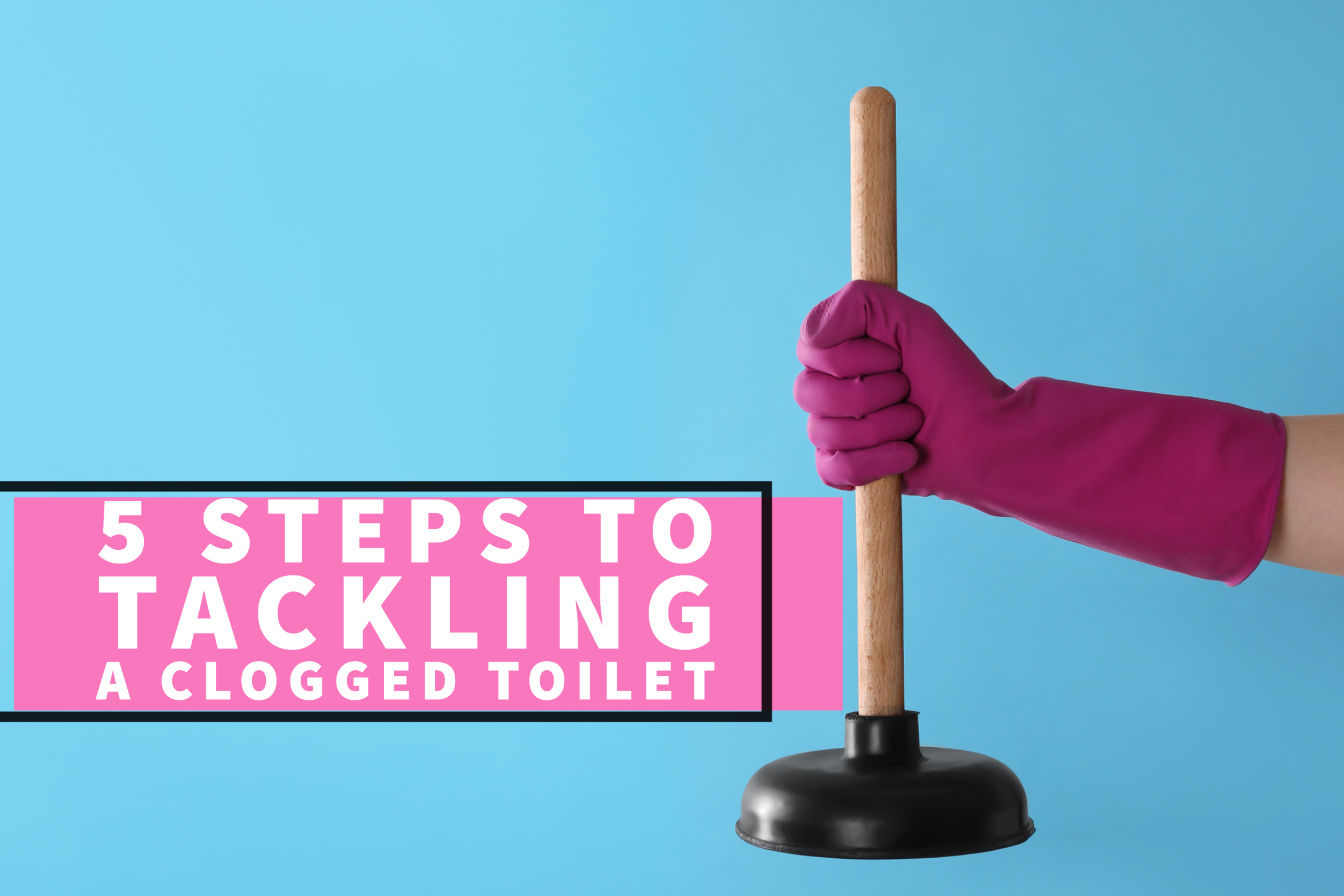Have you ever experienced a situation where the water in your toilet bowl keeps rising after flushing, and you feel like you’re losing control? What steps should you take to handle this situation? Well, unfortunately, if toilet water has already spilled onto your bathroom floor, there’s not much you can do. So, it is important not to panic. Just take a deep breath and prepare yourself for the aftermath that will follow. Then, follow the steps provided by your Miamisburg Plumbing & Drain experts to resolve the issue.
Step One: Find the Toilet Water Valve & Shut It Off
To prevent further mess, locate the shut-off valve behind your toilet and turn it clockwise to shut off the water supply. Look for the knob that is usually shaped like a football. Just remember to avoid flushing the toilet again until the issue is fully resolved.
Step Two: Find the Rubber Seal & Secure It
After turning off the water supply to the toilet, check inside the tank and locate the rubber circle positioned over the tank drain. This rubber piece acts as a seal to prevent water from flowing into the toilet unless the flush lever is activated. It should be attached to a metal lever or chain that connects it to the flush handle. You can gently push the rubber seal downwards to ensure that the rubber flapper is sealed.
Step Three: Find the Float Cup & Tie It Down
As an extra way of guaranteeing the water won’t refill in the toilet tank once more, try locating the float cup or ball inside the tank. The float cup’s job is to regulate the water level and, therefore, should be temporarily immobilized to prevent the float from moving.
Step Four: Clean Up the Excess Water
Congratulations on successfully stopping the water flow! Now it’s time to clean up. Begin by emptying the overfilled water from the toilet bowl, as you wouldn’t want it to overflow once the toilet is fixed. Since the toilet is currently not draining, it will require a little “dirty work.” For example, if there is waste or debris in the water, it will need to be removed. Just be cautious while cleaning it up; safety and hygiene should be your top priority. Therefore, we recommend wearing gloves if you have them. Go ahead and pick up any solid waste (from off the floor, too) and put it in a garbage bag carefully. Then carefully using a bucket or container, slowly scoop the excess water from the bowl and drain it into the bathtub or sink.
Additionally, consider the impact of the spill on your floors. Water damage is never a fun thing to deal with, so you want to get this cleaned up as fast as possible to prevent water damage. Furthermore, if you have a wet vacuum, you should use it for the cleanup process. If you have solid flooring, use available materials such as old towels, rags, a mop, or paper towels to clean up the spill. However, if the spill has reached a carpeted area, it’s best to place towels flat over the carpet with a heavy object on top of them. Just be sure to give it an appropriate time to absorb the water. After properly disposing of the waste and ensuring that everything is well-drained, take the necessary steps to disinfect the flooring and all affected areas accordingly.
Step Five: Take Care of the Clog
Now – onto the culprit, the clog! After your cleaning is complete, place the plunger over the drain at the bottom of the toilet bowl. Ensure the plunger is covered in water and use it accordingly to remove the blockage. If the toilet still fails to drain, or if you have already tried multiple times to clear the obstruction, it may be time to contact a professional for assistance. But if everything with your toilet and plumbing is once again working, great! Just don’t forget to readjust everything back to its original position, turn the water valve back on, and return the tank cover back to its designated place.
Looking for a reliable plumber? We are here to help, so don’t hesitate to reach out to us! Call Miamisburg Plumbing & Drain today at (937) 705-0297 or schedule an appointment online now by clicking here!

